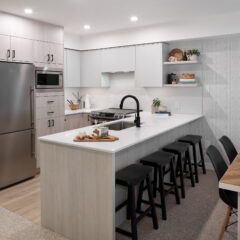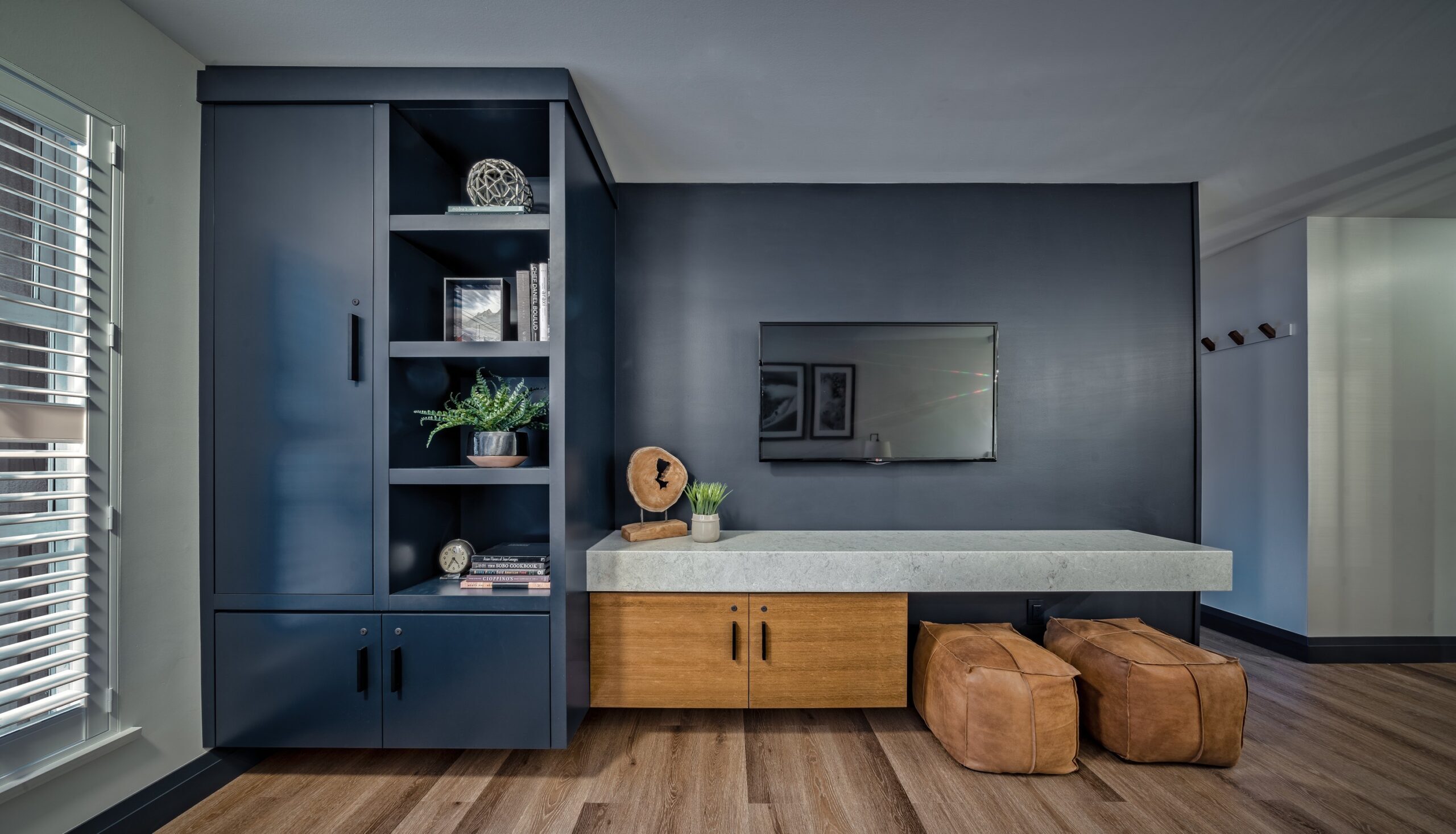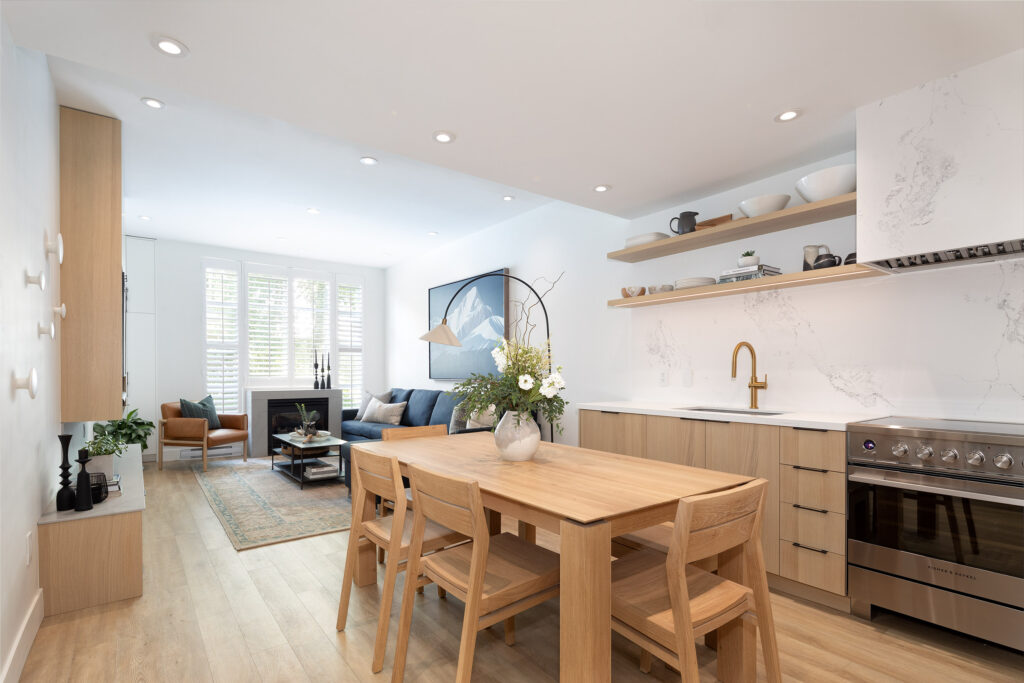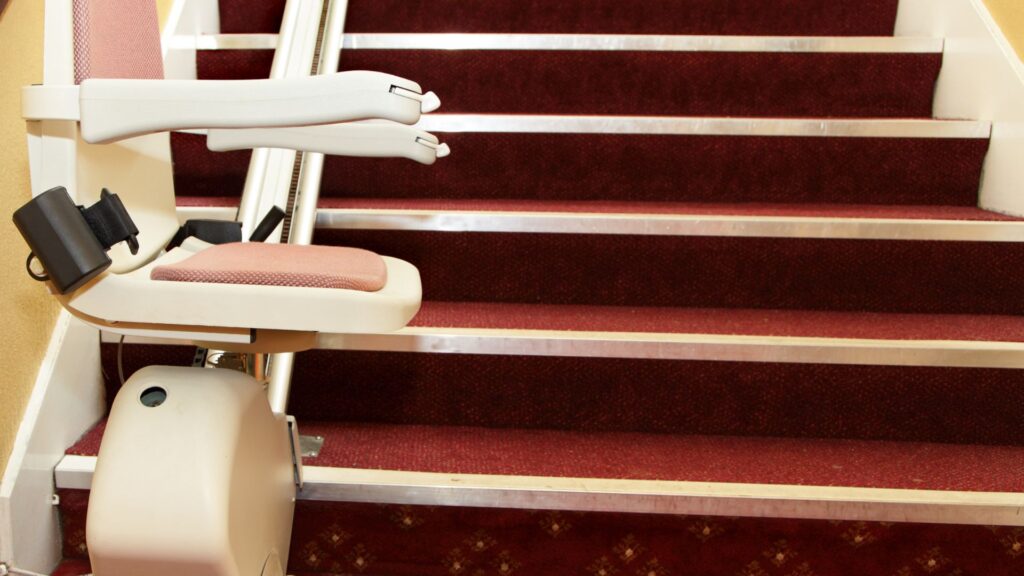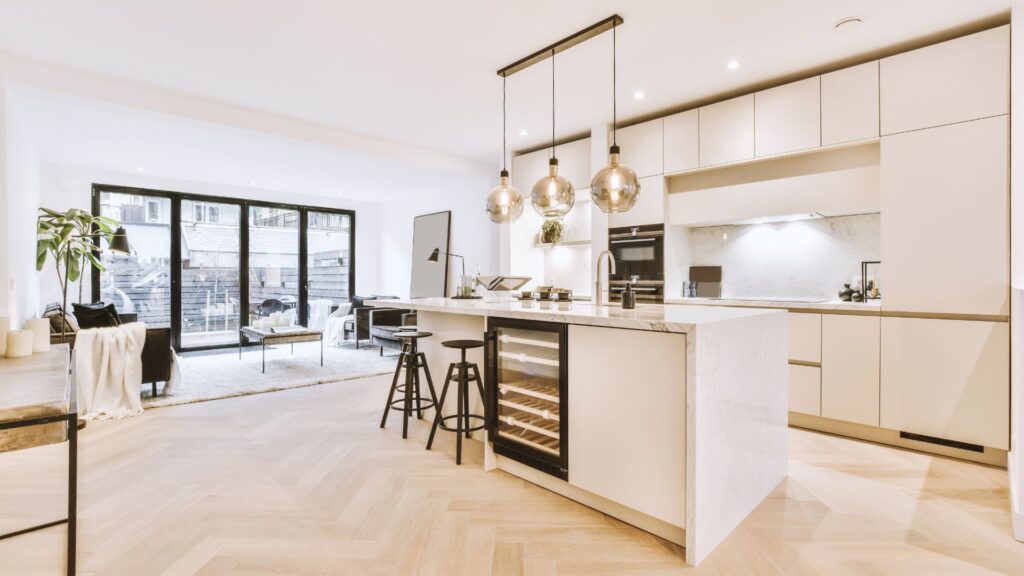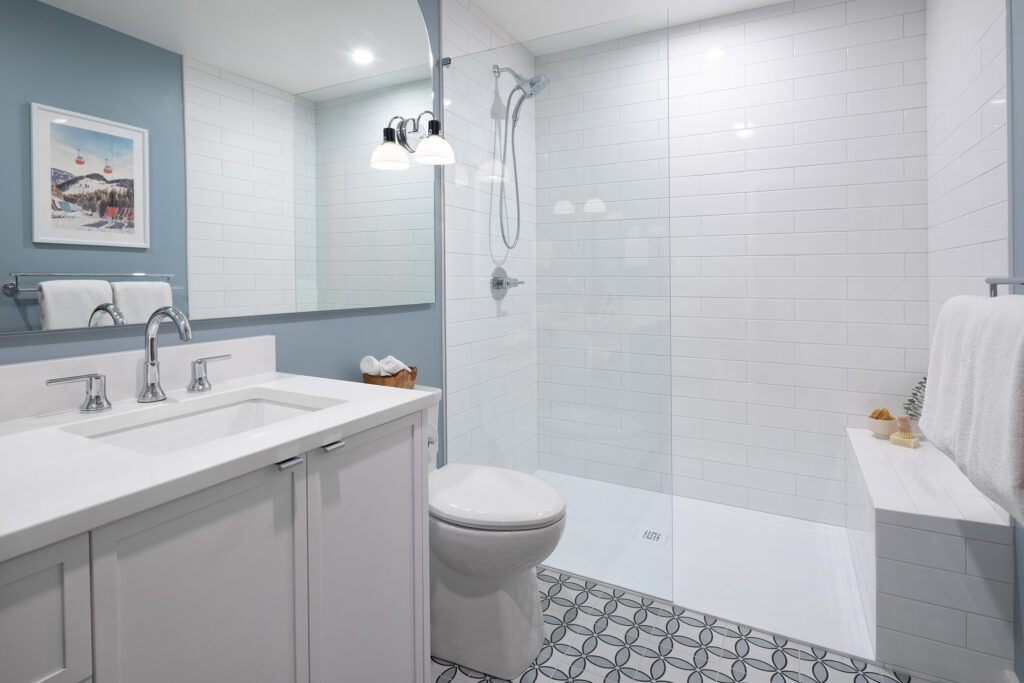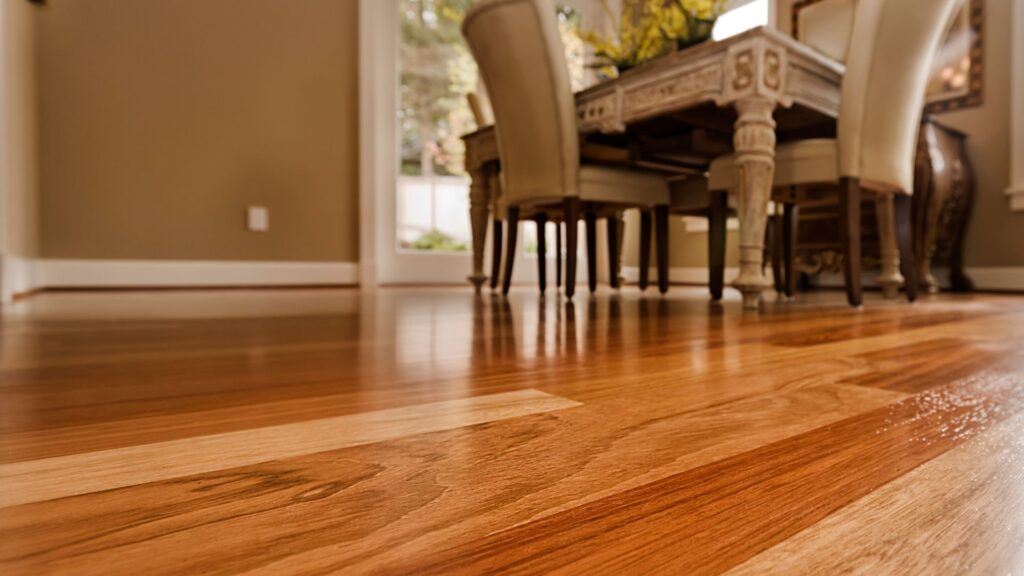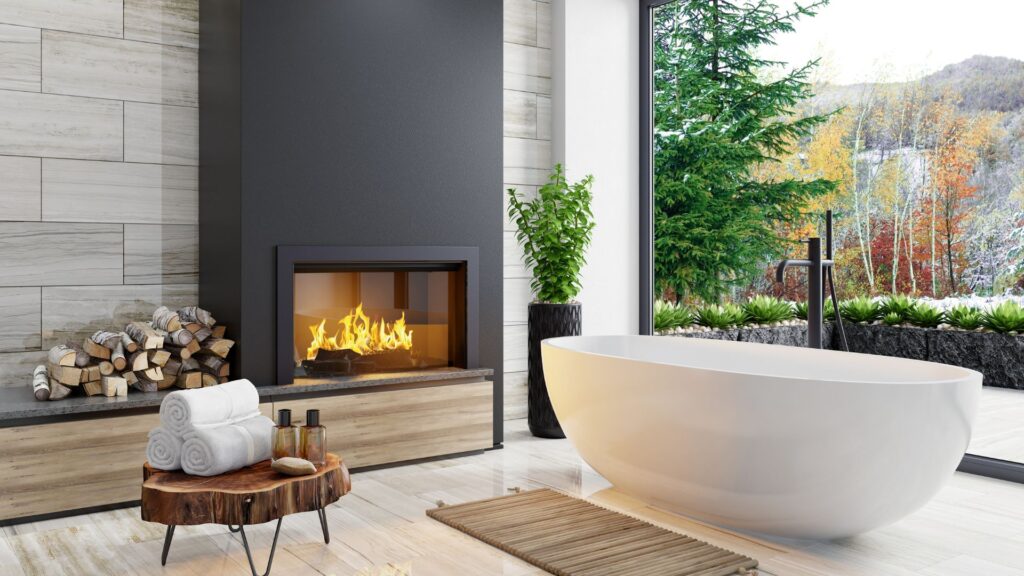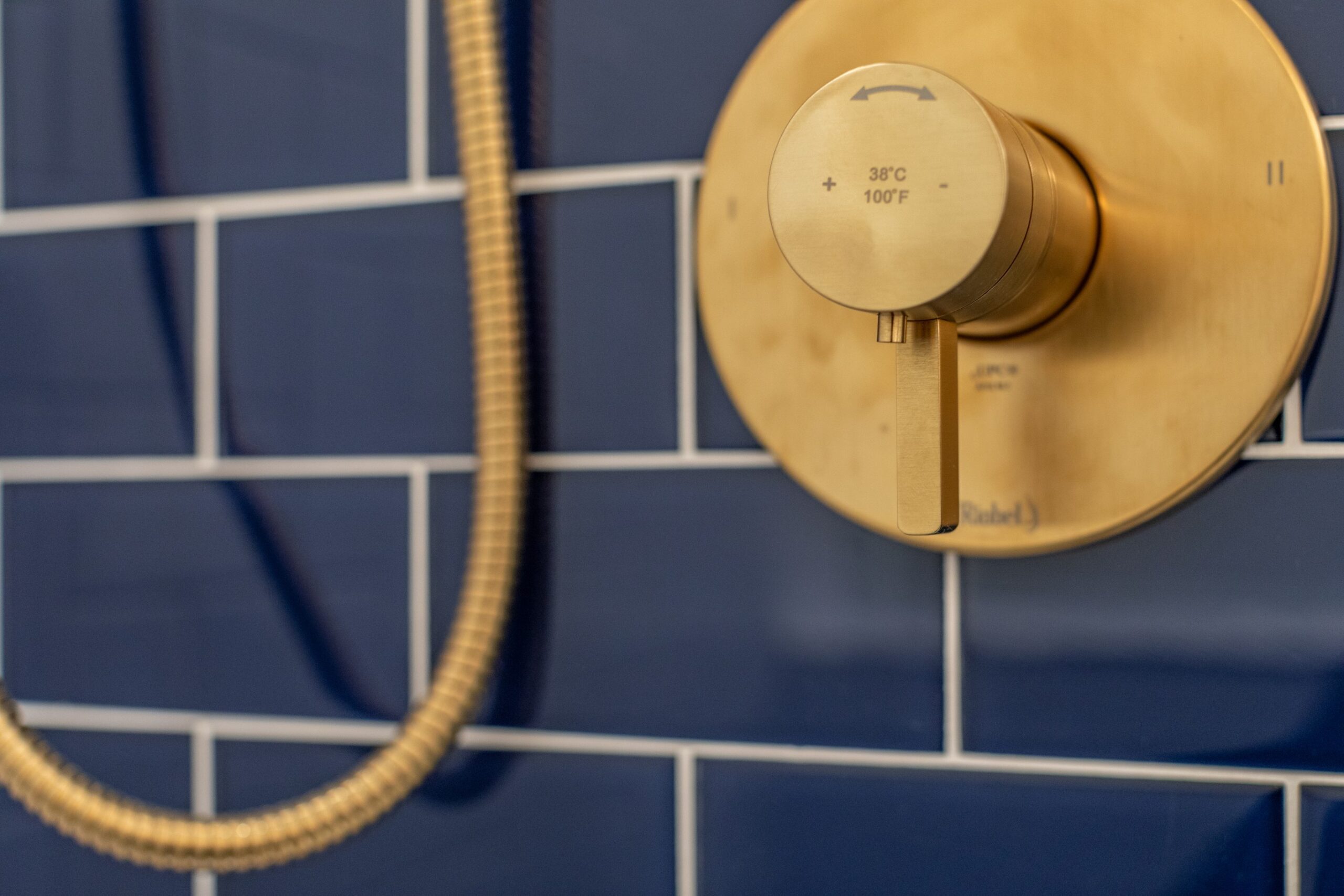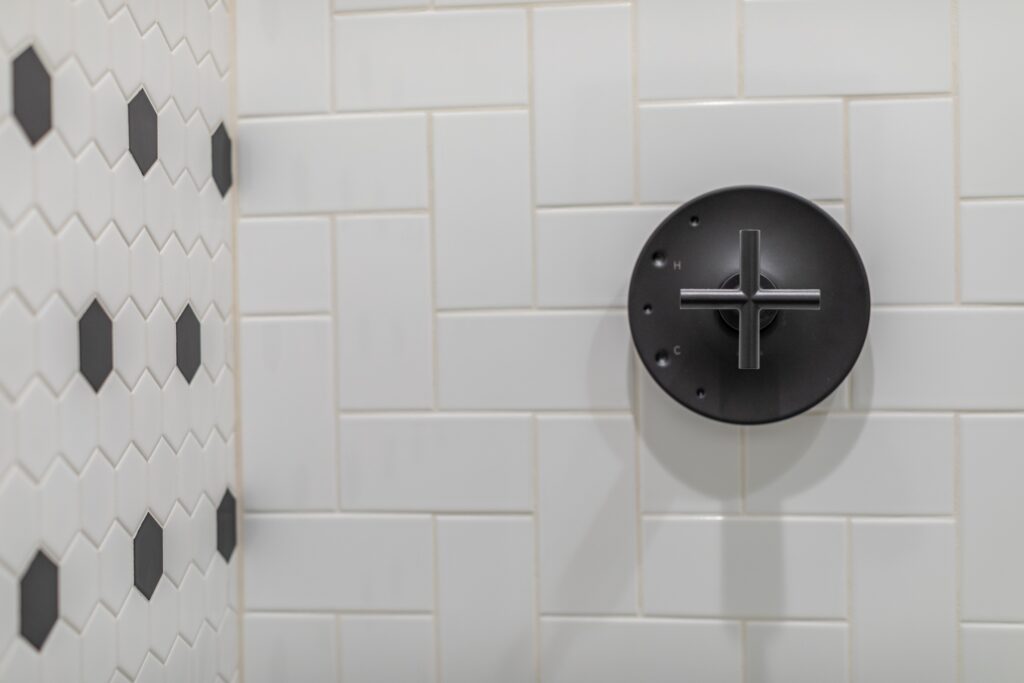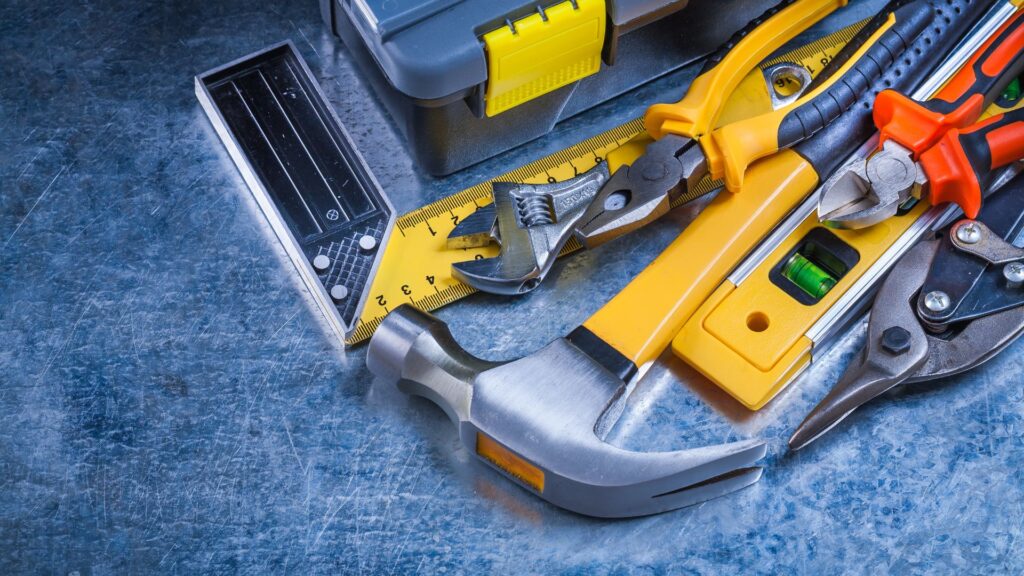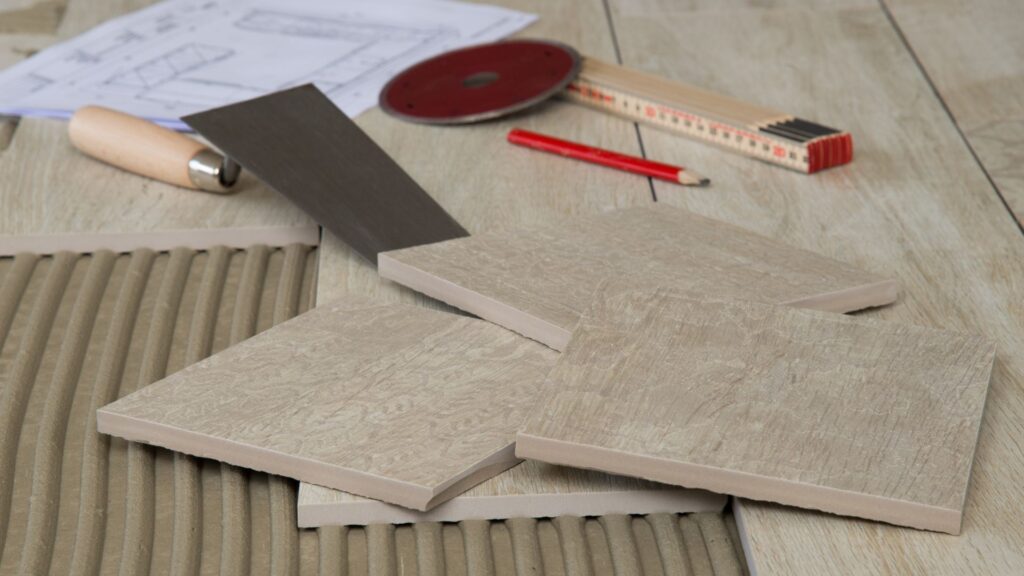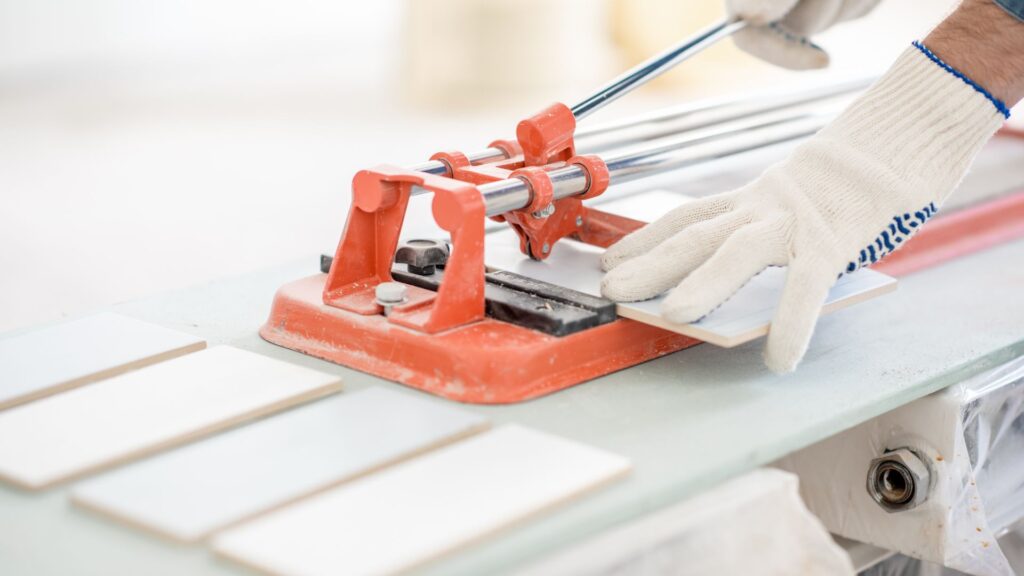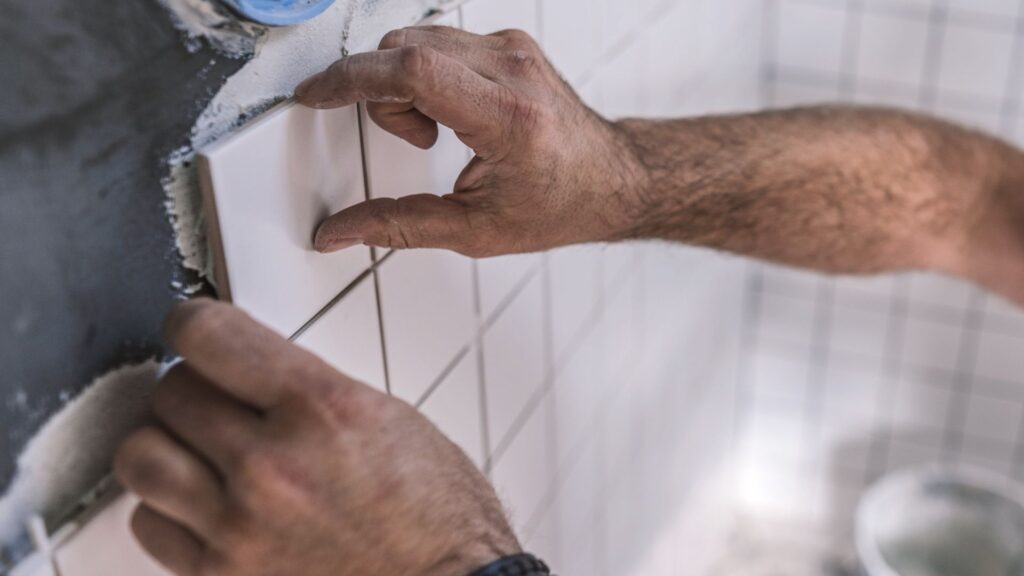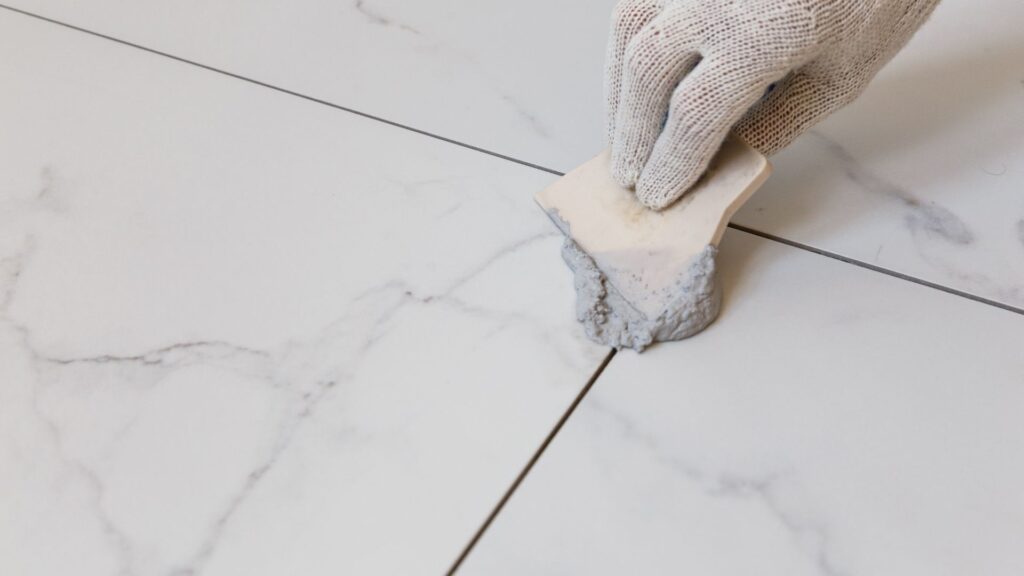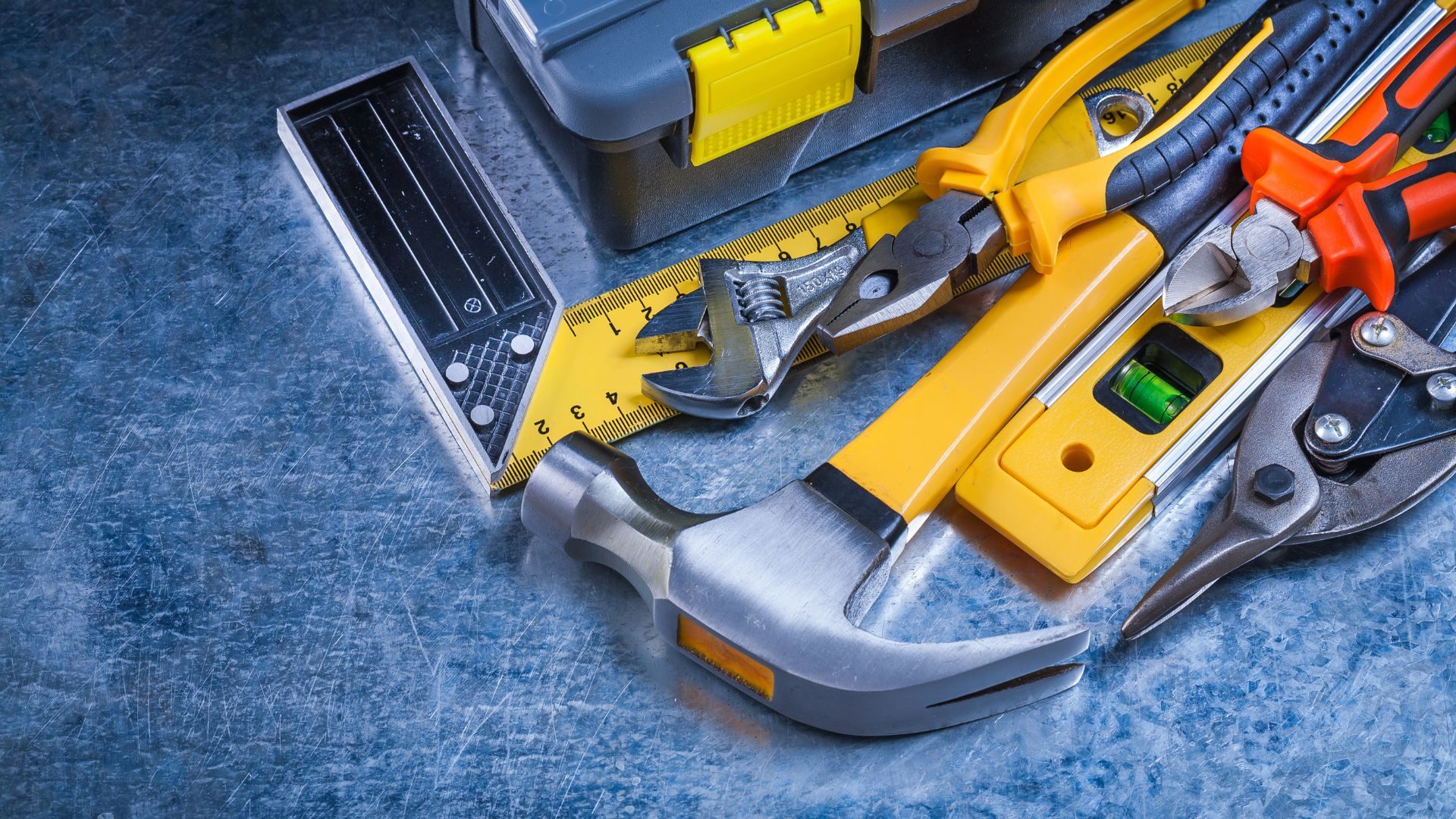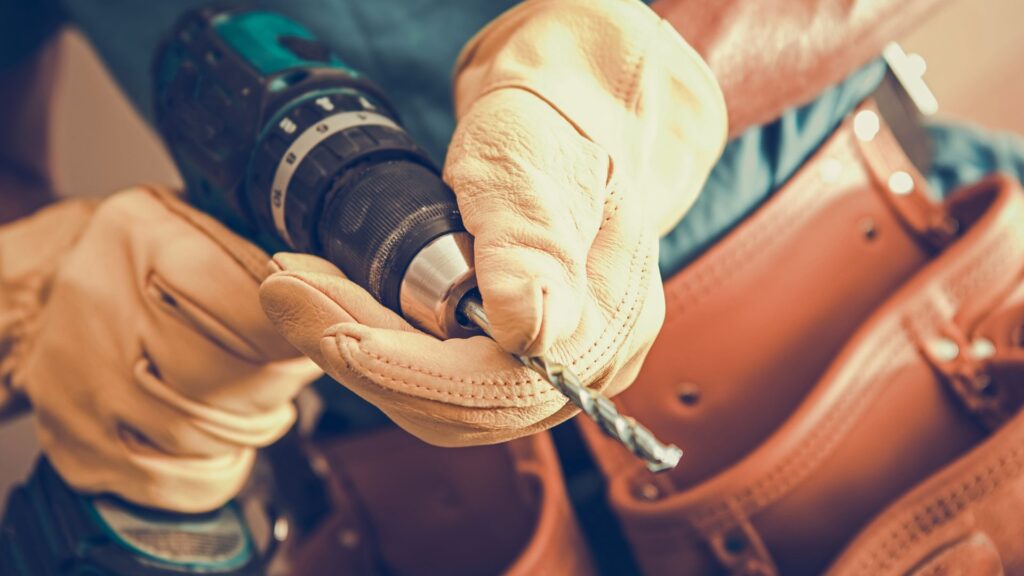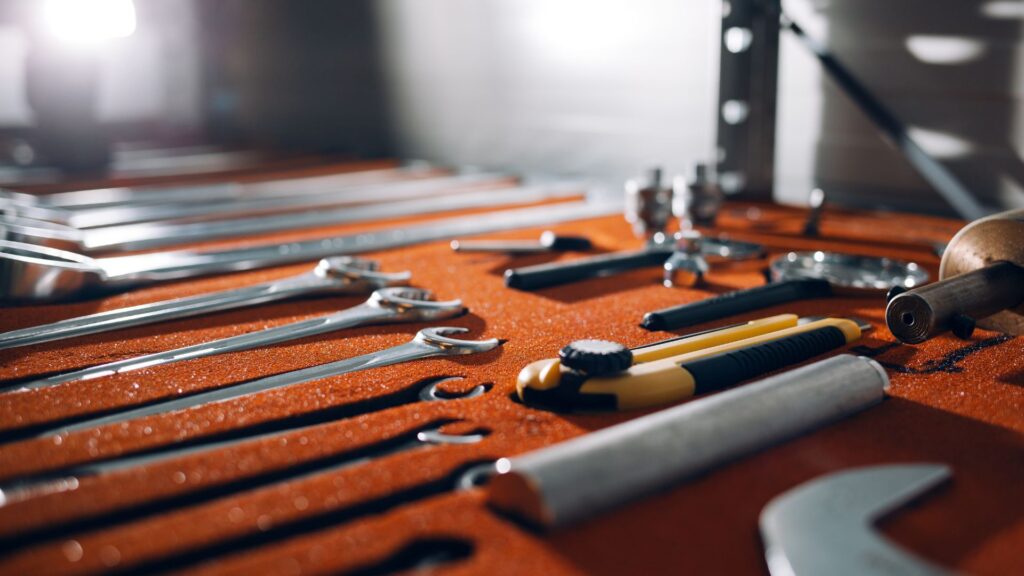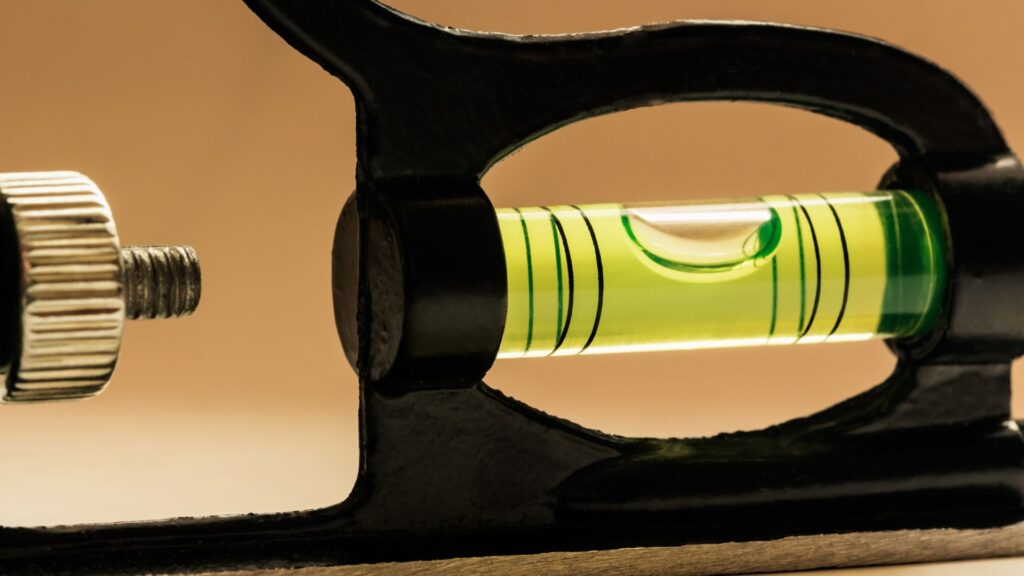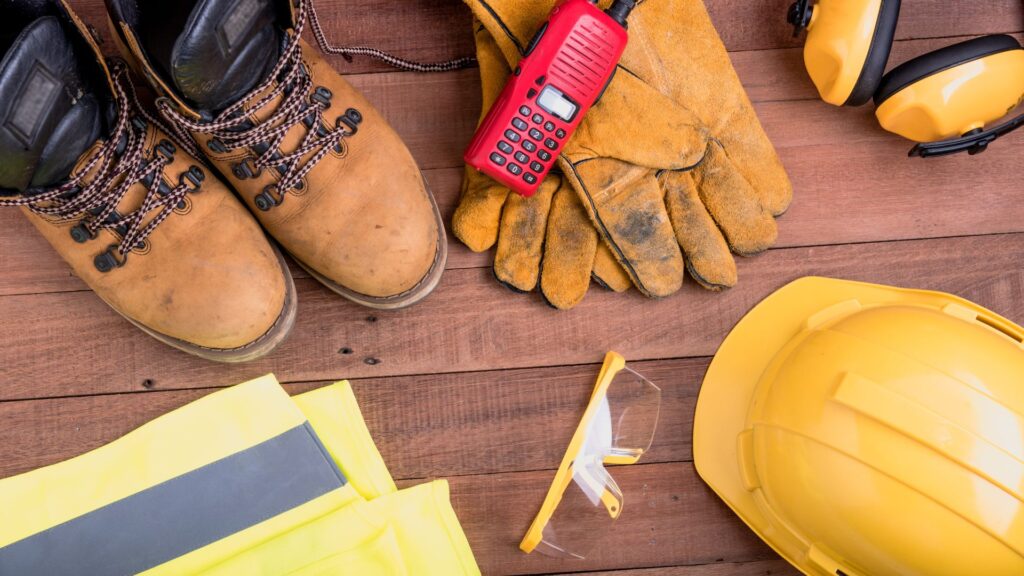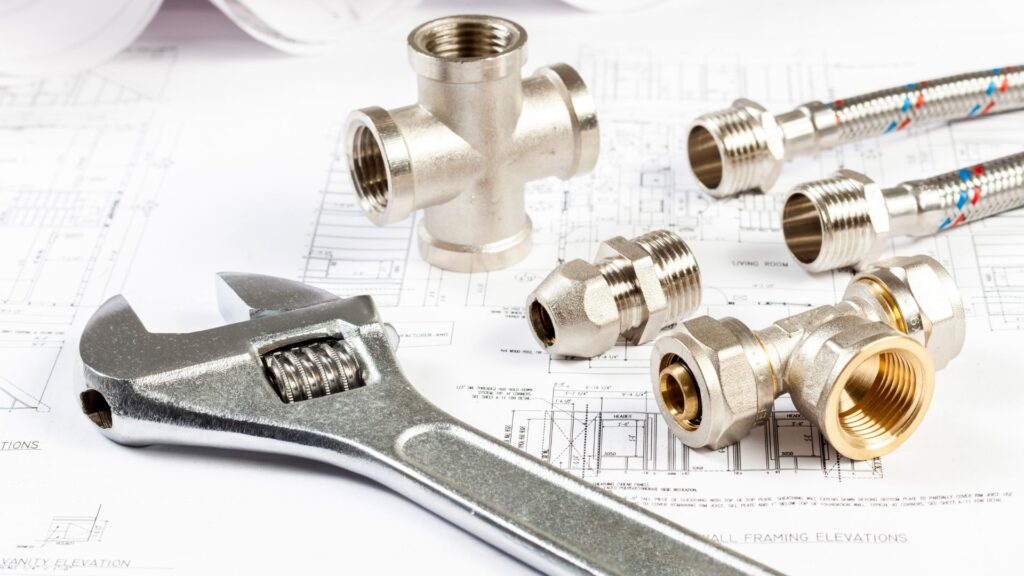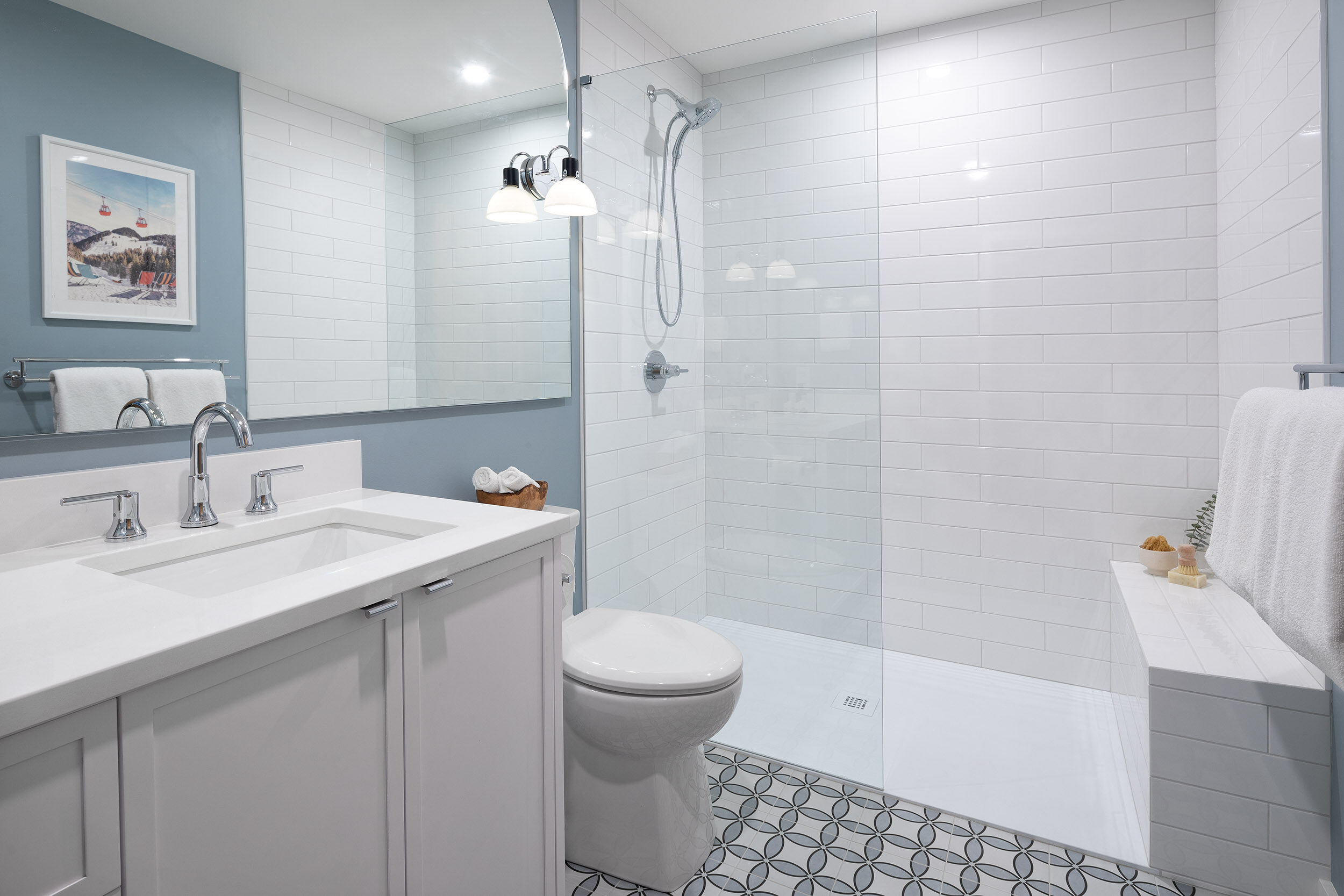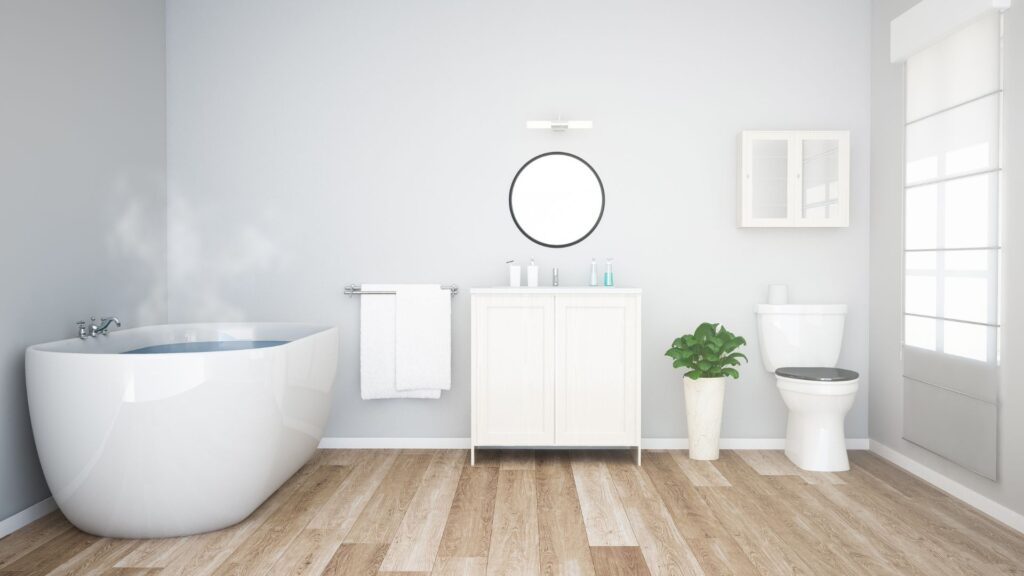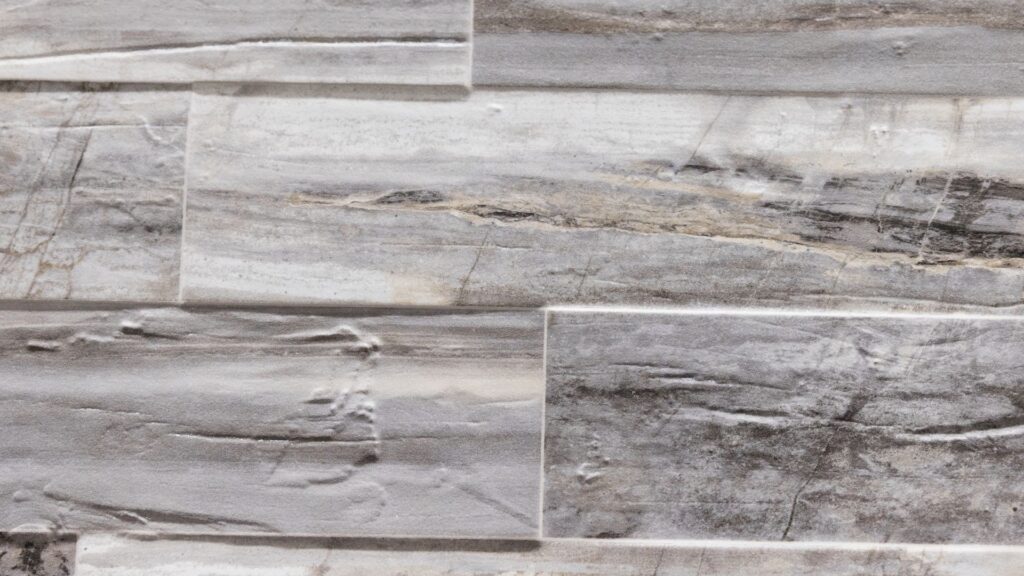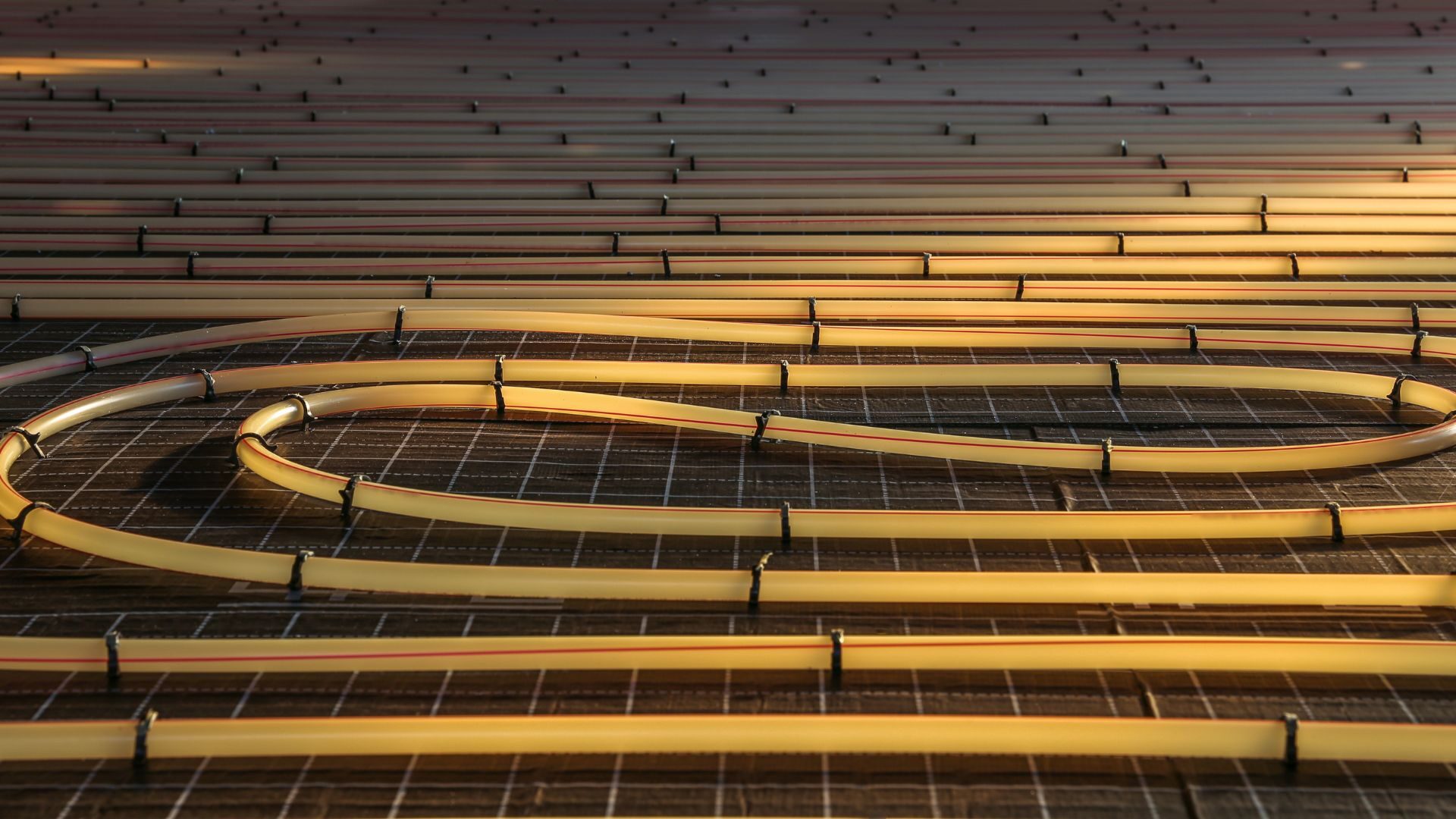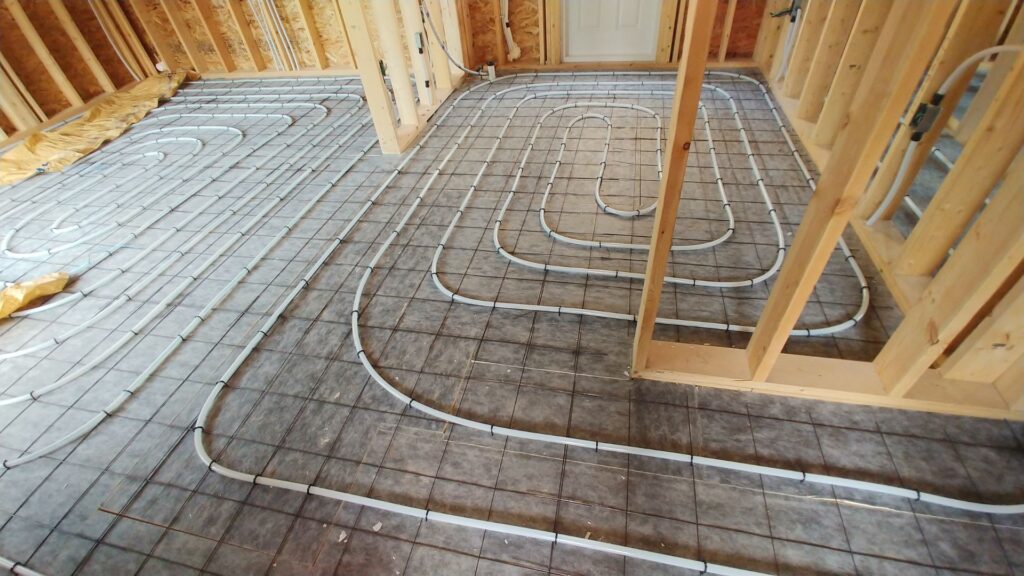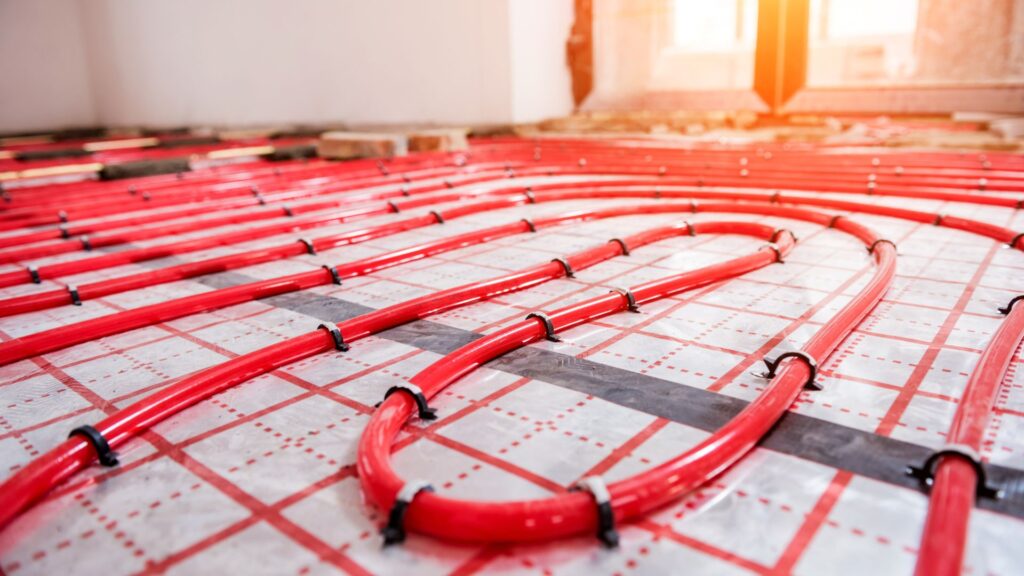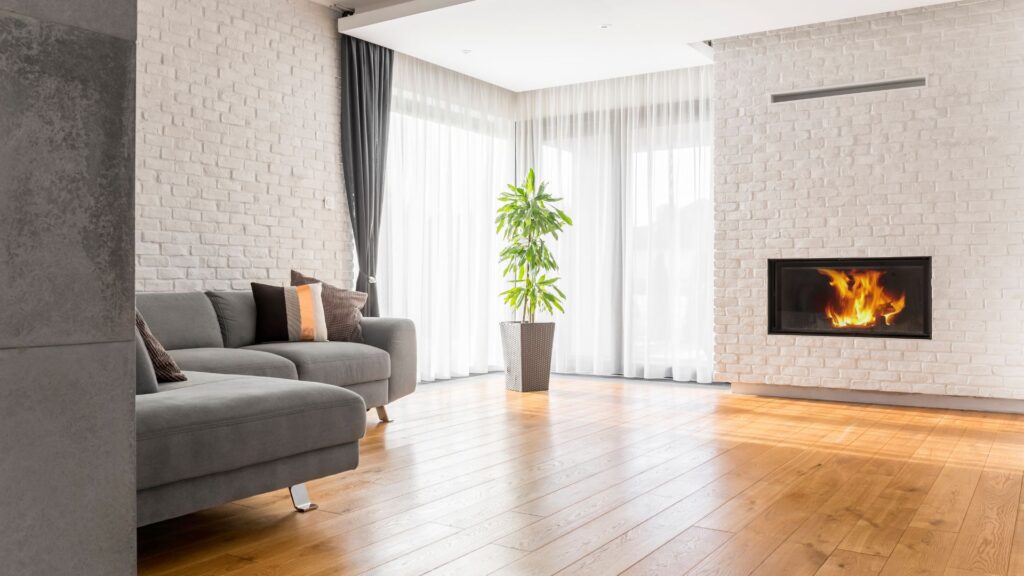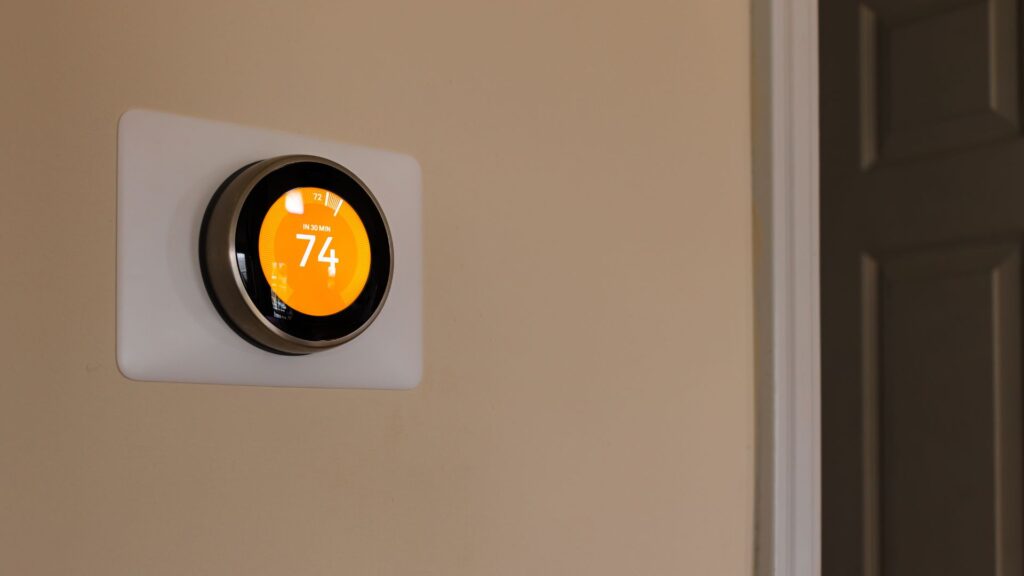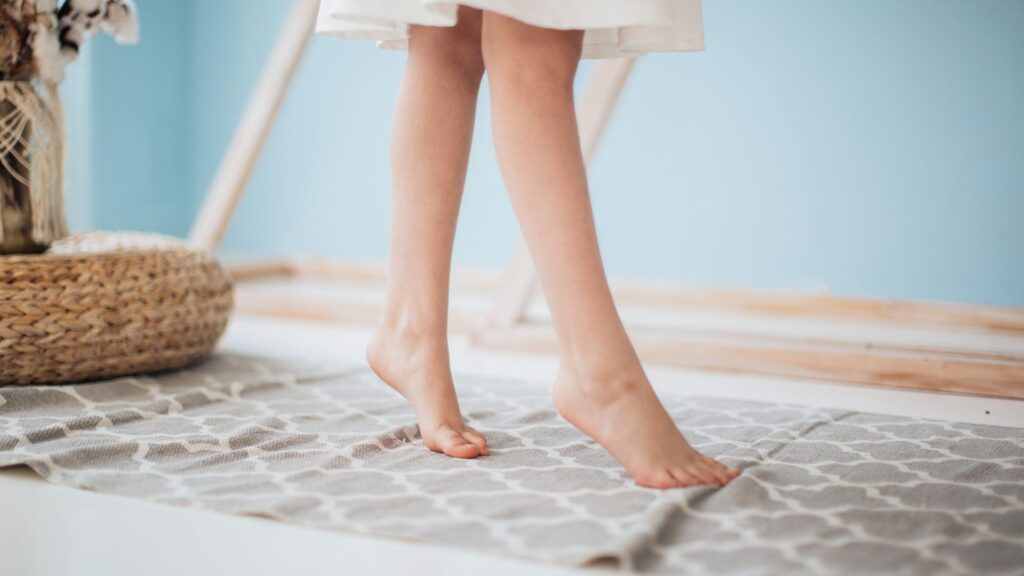How to renovate your bathroom
How to renovate your bathroom
Bathroom renovation is one of the most popular home improvement projects, and for good reason. A well-designed and updated bathroom can not only increase the value of your home, but it can also enhance your daily routine and overall quality of life.
Whether you’re looking to make small upgrades or a complete overhaul, a bathroom renovation can provide a fresh and modern look, improved functionality, and increased energy efficiency.
So if you’re ready to take the plunge into bathroom renovation, now is the perfect time to start planning! With this article, we’ll provide valuable tips and tricks on where to start so that you can create a space that reflects your unique style and makes you feel connected with yourself and those around you.
Benefits of bathroom renovation
Bathroom renovation can provide a range of benefits, both practical and aesthetic.
- Value: A bathroom renovation can significantly increase the value of your home, making it a worthwhile investment.
- Functionality: A bathroom renovation can help to improve the functionality of your space, allowing for better organization and storage.
- Accessibility: Upgrading fixtures such as showers, tubs, and toilets can improve the safety of your bathroom, especially for those with mobility issues.
- Savings: Renovating your bathroom can also help you reduce your energy costs by replacing outdated fixtures and installing more efficient lighting.
- Appeal: A bathroom renovation can give your space a fresh and modern look, which can increase your overall enjoyment of your home.
Bathroom renovation planning
Planning a bathroom renovation requires careful consideration of various factors to ensure that the end result meets your needs and expectations.
- Determine your budget: Before embarking on any renovation project, it’s crucial to determine how much you’re willing to spend. Your budget will determine the scope of the renovation and the materials and fixtures you can use.
- Assess your needs and wants: Consider your current bathroom’s layout and functionality. Do you need more storage space, better lighting, or a larger shower? Identify your needs and wants to help guide your renovation plans. Set priorities for your bathroom renovation. Decide which features are must-haves and which are nice-to-haves; that way you can focus on getting the most out of your budget without skimping on quality
- Research and inspiration: Look at magazines, online images, and design blogs for ideas on what you’d like your space to look like. From there, make a list of the features you want included – from lighting fixtures to tile patterns – so that you have something tangible when discussing design concepts with professionals. Consider factors such as style, durability, and ease of maintenance.
- Design your renovation: Once you have a clear understanding of your needs and wants, work with a designer or contractor to create a plan that meets your goals and budget. This should include establishing a timeline, selecting materials and fixtures, and addressing any issues or concerns that arise during the renovation. Educate yourself on different types of tiles, finishes, and paints so that you can have an idea of what looks good and fits into your budget. Think about durability and ease of maintenance. Look for products with high-quality finishes that won’t need to be replaced too soon because of wear and tear. Consider materials that don’t require too much effort when it comes to cleaning and maintenance. Think about how each material will look in the space before making a final decision.
- Obtain permits: Depending on the scope of your renovation, you may need to obtain permits from your local building department. Your contractor should be able to help you navigate the permit process.
- Select a contractor: Choose a reputable contractor who has experience with bathroom renovations. Ask for references and check their licensing and insurance. Finding the right contractor for the job will make all the difference in creating your perfect bathroom. This is someone who you should trust not only with the quality of the work but also with achieving your vision for the space.
Professional bathroom renovation vs DIY
When it comes to bathroom renovations, you want to make sure you get the job done right. But how do you decide between taking on a DIY project or calling in the pros? There are pros and cons to each option that should be taken into consideration before you make your decision.
Professional Bathroom Renovation Contractor:
Pros:
- Expertise: Professional contractors have years of experience and expertise in bathroom renovations. They know the latest trends, techniques, and materials required for the job.
- Time-efficient: Hiring a professional contractor can save you a lot of time. They can complete the job quickly and efficiently, allowing you to enjoy your newly renovated bathroom sooner.
- Quality work: Professional contractors have the necessary tools and equipment to complete the job to a high standard. They can also ensure that all work is up to code and meets safety regulations.
- Warranty: Professional contractors usually offer a warranty on their work. This gives you peace of mind knowing that any issues that arise within a certain period will be taken care of.
Cons:
- Cost: Hiring a professional contractor can be expensive, especially if you want a high-end renovation. You may also have to pay for additional services such as plumbing or electrical work.
DIY Bathroom Renovation:
Pros:
- Cost-effective: DIY renovations can be a cost-effective option, especially if you are skilled in the necessary trades such as plumbing and carpentry.
- Creative control: With a DIY project, you have complete control over the design and materials used. You can create a personalized space that reflects your style and preferences.
- Learning experience: DIY projects can be a great learning experience. You can gain new skills and knowledge that can be applied to future projects.
Cons:
- Time-consuming: DIY renovations can take a lot of time, especially if you are working on the project alone. You may also need to take time off work to complete the renovation.
- Risk of mistakes: If you are not experienced in bathroom renovations, you may make mistakes that could lead to costly repairs down the line. You may also not be aware of safety regulations or building codes.
- Limited access to tools and materials: DIY renovations may require special tools and materials that you may not have access to. This can make the renovation process more difficult and time-consuming.
Planning the bathroom layout
- Measure the space: Measure the space you have available for your bathroom. This will help you determine the size of the fixtures, furniture, and accessories that you can accommodate.
- Visualize the layout: Sketch a rough draft of the layout of the bathroom. This will help you plan out the placement of the fixtures, furniture, and accessories.
- Consider the plumbing, electricity and HVAC: Make sure to account for the plumbing and other utilities that may need to be installed or relocated. This will help you plan around any obstacles that may arise.
- Select the fixtures and furniture: Choose your fixtures and furniture based on the space available and the layout. Consider the size, shape, and style to ensure that everything fits together nicely.
- Decide on the accessories: Choose the accessories that will tie the room together and make it complete. Consider the style and color to ensure that everything complements each other.
- Finalize the layout: Once you have selected all of the fixtures, furniture, and accessories, finalize the layout. Make sure everything is placed in a way that is both purposeful and aesthetically pleasing.
Demolition
First and foremost, you’ll need to decide what items will stay and what needs to go. Safety should always come first when performing any type of demolition job. Make sure to wear protective clothing such as goggles, gloves and face masks. Keep children away from the area while working with power tools or hazardous materials.
One potential issue that may arise during demolition is the discovery of hidden problems such as mold, water damage, or structural issues. If any of these issues are discovered, they must be addressed before continuing with the renovation.
Bathroom renovation and structural build
The structural build for your bathroom renovation project is an important part of the entire process because it provides the foundation for all of the other work that needs to be done.
One of the most common structural changes in a bathroom renovation project is the addition of a new shower or bathtub. This often requires modifying the existing plumbing and drainage systems and installing new fixtures. Proper installation of these fixtures requires careful attention to detail and a solid understanding of the plumbing and electrical systems in the bathroom.
Another important consideration in structural build is the use of waterproofing materials. The bathroom is a wet area, and improper waterproofing can lead to significant water damage and mold growth. Proper waterproofing techniques, such as the use of waterproof membranes or sealants, are essential to ensure the longevity and durability of the new bathroom.
Plumbing, electrical and HVAC rough in for bathroom renovation
Did you know that a flawless bathroom renovation project begins with the rough in? This is often overlooked yet it’s a critical first step.It’s important to take your time with the rough in, as any mistakes here can be costly and difficult to fix later. Hire an experienced technician who understands exactly what needs to be done for your particular project.Make sure all the pipes are connected properly, and that fittings are used according to code. Electrical wiring should be installed safely, with enough power outlets for modern appliances and lighting fixtures.
Laying flooring in your bathroom
Now that the HVAC rough in is complete, it’s time to lay the flooring in your bathroom.First things first, prep your subfloor. You want to ensure that all pieces fit perfectly so there are no gaps or overlaps when installing. Depending on the type of flooring you choose, your installation method may vary. Some materials, like tile, require grout and thinset mortar for laying. Other materials such as vinyl plank flooring can simply be clicked into place with minimal tools needed.
Installing walls and ceilings
By now, you should have selected the specific tiles or materials that reflect the type of usage.To ensure that the new walls and ceilings are even and provide a professional finish, it’s important that any bumps, dents, or holes are filled in with a joint compound and sanded down to create a smooth surface.
Installing plumbing fixtures
Installing plumbing fixtures is a crucial step in any bathroom renovation. It’s the final touch that will give your bathroom a modern, luxurious look. There are several steps to take when it comes to installing plumbing fixtures:
- Properly preparing the area
- Shutting off the water supply
- Installing a new shutoff valve if necessary
- Measuring and marking where you’ll be drilling and/or cutting
- Installing the plumbing fixtures:
- Connecting hoses and piping as needed
- Caulking around pipes and other connections
- Making sure all connections are secure and tight, with no leaks
Installing the bathroom furniture
When picking out cabinets, think about how they will fit with your overall design aesthetic. Take the size of your space into account. If you have a smaller bathroom, look for slim cabinets that won’t take up too much room. Also consider storage options- should you opt for open shelving or do you need more enclosed units?
Professional inspection
A professional inspection is an essential part of any bathroom renovation project. It ensures that the renovation is safe, up to code, and meets all necessary requirements. The inspection process involves a licensed inspector visiting the renovation site to assess the work that has been done and make sure it meets all applicable building codes and regulations.
During a professional inspection, the inspector will check for issues such as electrical wiring, plumbing, ventilation, and structural integrity. They will also make sure that the materials used meet the necessary standards and are safe for use in a bathroom environment. The inspector may also check for any potential hazards or safety concerns, such as slippery surfaces or inadequate lighting.
Conclusion
In conclusion, a bathroom renovation can transform your space into a beautiful and functional oasis. If you’re considering a bathroom renovation, our experienced team can guide you through the process and bring your vision to life. Contact us today to schedule a consultation and take the first step towards your dream bathroom.





